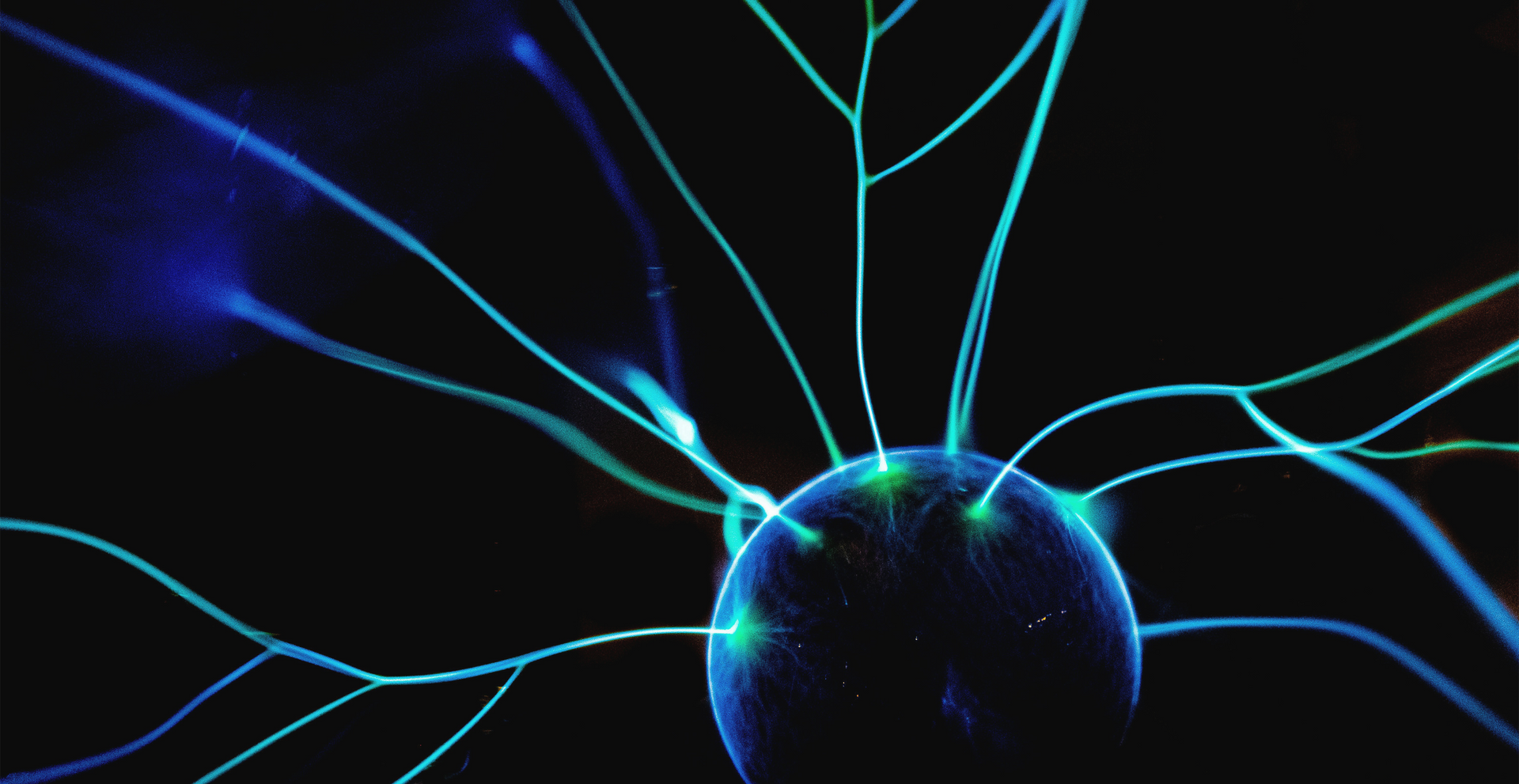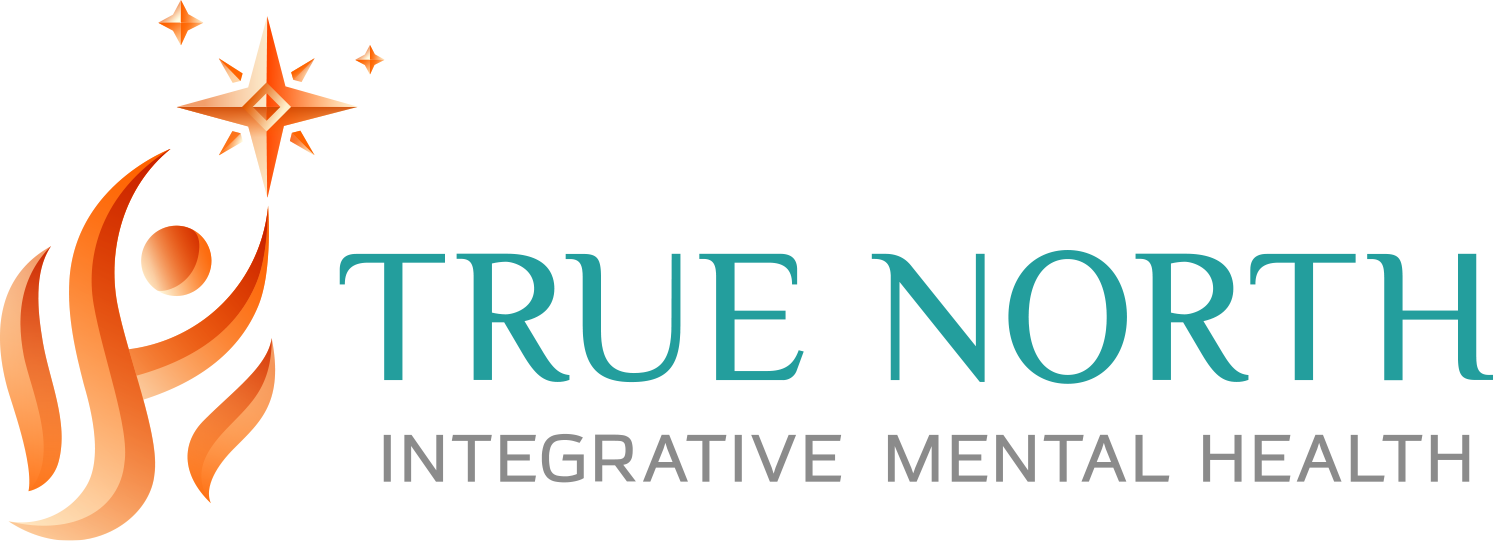The Science Behind TMS: Exploring Pros and Cons of TMS Therapy
Dr. Jamie Rogers • August 4, 2025
Transcranial Magnetic Stimulation (TMS) is an innovative therapy that uses magnetic fields to stimulate specific brain regions, such as the prefrontal cortex, to help those with treatment-resistant depression achieve meaningful improvement in their quality of life. TMS uses an electromagnetic coil, also known as a TMS coil, placed on the scalp to generate magnetic pulses that stimulate targeted parts of the brain. TMS was developed in the 1980s and was initially used to diagnose motor disorders but has since expanded to treat various physical and psychological conditions.
Today, TMS therapy is most commonly used to address major depressive disorder (MDD), especially in adults and adolescents who have not found relief with other depression treatments. By delivering targeted brain stimulation, TMS can help improve symptoms of depression and support overall mental health.
In this article, we explore the science behind TMS: how it works, why it’s an effective mental health treatment, and the key biological mechanisms involved. TMS stimulates targeted brain regions to treat depression and other mental health conditions. The best part? TMS does not require anesthesia, allowing patients to drive themselves to and from appointments. It’s a simple outpatient procedure. TMS is noninvasive and does not require surgery, unlike other brain stimulation techniques.
Principles of TMS Therapy
Understanding the Brain’s Electrical System
Our brain functions through a network of cells called neurons, which communicate via electrical impulses known as action potentials. The flow of action potentials along a succession of neurons carries information throughout the nervous system. This electrical activity forms the basis of our cognition, emotions, and behaviour. TMS works by influencing this electrical system in a targeted way. In depression, decreased activity in certain brain regions, such as the dorsolateral prefrontal cortex, is commonly observed.
How TMS Affects Electrical Activity in the Brain
TMS uses a specially designed magnetic coil, placed on the scalp next to the patient's head to deliver magnetic pulses to the targeted brain region, that emits short bursts of a magnetic field. This field painlessly passes through the skull and induces an electrical current in the underlying neurons, increasing or decreasing their activity, depending on the stimulation pattern.
The therapeutic outcome of TMS depends on several key factors:
- Coil placement: Determines which brain region is targeted.
- Frequency of pulses: High-frequency stimulation increases brain activity; low-frequency may decrease overactivity.
- Intensity: The intensity of pulses can also determine whether neural activity is increased or inhibited.
- Treatment frequency and duration: The number of TMS sessions will affect the overall impact of treatment and how long the benefits last.
Targeted Brain Areas
TMS treatment is designed to precisely target specific regions of the brain that play a crucial role in mood and behavior. One of the primary areas stimulated during TMS is the dorsolateral prefrontal cortex (DLPFC), which is closely linked to mood regulation and is often underactive in people with depression. By increasing activity in the DLPFC, TMS can help alleviate depressive symptoms and restore healthier brain function. In some cases, other areas such as the motor cortex may be targeted, depending on the condition being treated. Advanced imaging techniques, including magnetic resonance imaging (MRI), are often used to guide healthcare providers in identifying the optimal brain regions for TMS treatment, ensuring the therapy is as effective as possible.
What Conditions Can TMS Treat?
Currently, TMS is FDA-approved to treat several conditions, including major depression, specifically treatment-resistant depression (TRD), depression with co-occurring anxiety, obsessive-compulsive disorder (OCD), and substance use disorders. Severe depression, especially when accompanied by complex symptoms such as suicidal ideation, psychosis, or catatonia, may be treated with other methods like electroconvulsive therapy (ECT).
TMS is also used “off-label” to support conditions such as generalized anxiety disorder (GAD), chronic pain, and post-traumatic stress disorder (PTSD). While the FDA has not formally approved TMS for these specific conditions, growing clinical research supports its effectiveness. Patients can receive TMS for these off-label purposes if a licensed medical professional determines it’s appropriate.
Different Types of TMS Treatment
What Is rTMS?
Repetitive Transcranial Magnetic Stimulation (rTMS) is the most commonly used form of TMS in mental health treatment. RTMS involves the delivery of magnetic pulses in rapid sequences, which can cause lasting changes in brain activity. Stimulation is often focused on the left side of the dorsolateral prefrontal cortex (left DLPFC) to improve depressive symptoms.
A standard rTMS protocol includes:
- Daily sessions (Monday to Friday)
- 20–40 minutes per session
- A full course of treatment typically lasting up to six weeks
Other TMS Protocols
As well as rTMS, other advanced TMS treatments include:
- Theta Burst Stimulation (TBS): TBS delivers short bursts of high-frequency magnetic pulses, repeated five times per second (5 Hz). This method can achieve therapeutic effects in as little as 3–10 minutes per session.
- Continuous TBS (cTBS): CTBS applies the same burst pattern continuously without pauses, usually for 40 seconds to a minute. This results in a suppressive effect on brain activity.
- Deep TMS (dTMS): DTMS uses specialized coils to reach deeper brain structures. However, patients with implanted devices such as deep brain stimulators may not be eligible for TMS due to safety concerns, as these devices can be affected by the magnetic fields. Accelerated TMS: Accelerated TMS condenses the overall treatment timeline by delivering multiple sessions per day, often spaced an hour apart.
The Biological Mechanisms of TMS
Changing Electrical Activity
TMS directly influences the brain’s electrical system by depolarizing neurons. Depolarization means the neuron’s state changes, making it more likely to fire an electrical signal. This is especially beneficial for activating brain areas that are underactive in certain mental health disorders, such as the dorsolateral prefrontal cortex (DLPFC) in depression.
Through influencing electrical activity, TMS also impacts functional connectivity–which is how different brain regions interact. In many psychiatric disorders, such as depression, these communication patterns become disrupted. Brain imaging studies have shown that TMS can change the activation of these patterns, potentially restoring more normal brain network function. A study of depressed patients found that functional connectivity changes were associated with improved symptoms following TMS.
Balancing Neurotransmitters
Neurotransmitters are molecules that act as chemical messengers throughout the nervous system. TMS has been shown to increase the release of certain neurotransmitters, including:
- Serotonin: Regulates mood and sleep
- Dopamine: Influences motivation and pleasure
- GABA: Has a calming effect
Neurotransmitters play a key role in the development of mental health disorders. For instance, people with depression often have low levels of serotonin, while those with anxiety may have reduced levels of GABA. TMS may help by restoring the balance of these neurotransmitters, which could contribute to its therapeutic effects.
Enhancing Blood Flow
Cerebral blood flow refers to blood movement through the brain, delivering essential nutrients and oxygen needed for brain cells to function optimally. When this flow is impaired, brain cells may not receive enough oxygen to produce energy efficiently, which can contribute to impaired brain health and the development of psychiatric disorders. Research suggests that TMS can increase blood flow in specific brain areas, potentially supporting the recovery of neurons and improving their function.
Promoting Neuroplasticity
Neuroplasticity is the brain’s ability to adapt and reorganize itself in response to experiences, learning, or injury. In many mental health conditions, neuroplasticity is reduced, which may contribute to rigid and unhealthy patterns of thinking and behavior. Research shows that TMS can enhance measures of neuroplasticity, potentially aiding new neural connections and the ability to “break free” from negative thinking patterns and habits.
Clinical Evidence for TMS Therapy
The effectiveness of TMS in treating major depressive disorder is supported by a robust body of clinical trials and research. Studies consistently show that TMS can lead to significant improvement in depression symptoms, with many patients experiencing a noticeable reduction in their depressive symptoms after a course of treatment. Response rates in clinical trials typically range from 50-60%, making TMS a valuable option for those who have not benefited from other treatments. In addition to depression, TMS has demonstrated effectiveness in treating other mental health conditions, such as obsessive-compulsive disorder (OCD) and even aiding in smoking cessation. The safety profile of TMS is well established, and most insurance companies now cover TMS treatment for depression, recognizing it as a safe, well-tolerated, and evidence-based therapy for patients who need alternative treatment options.
Treatment Procedure: What Happens During a TMS Session
A typical TMS session is straightforward and comfortable for most patients. During the treatment session, a magnetic coil is gently placed against the patient’s head, targeting the specific area of the brain identified for stimulation. The TMS machine then delivers a series of magnetic pulses, which are carefully controlled and focused to ensure safety and effectiveness. Each session usually lasts between 15 and 30 minutes, and patients often undergo several sessions per week as part of their treatment plan. The magnetic energy used is similar to that found in magnetic resonance imaging (MRI) technology, but it is directed at a much smaller, precise area. Patients remain awake and alert throughout the procedure and can immediately return to their daily activities after each session, making TMS a convenient and non-disruptive treatment option.
Who is TMS For? Candidate Criteria
TMS is particularly suited for patients diagnosed with major depressive disorder who have not achieved satisfactory improvement with other depression treatments, such as medications or psychotherapy. Candidates for TMS typically have treatment-resistant depression, meaning their symptoms persist despite trying multiple other treatments. To determine eligibility, a healthcare provider will assess the patient’s medical history, current mental health status, and previous treatment responses. Certain medical conditions, such as a history of seizures or the presence of metal implants in the head, may exclude some individuals from receiving TMS treatment. Ultimately, a thorough evaluation by a qualified healthcare provider will help decide if TMS is the right treatment option for each patient, ensuring safety and the best possible outcomes.
Safety and Side Effects of TMS
TMS is widely considered safe, with a low risk of serious side effects. However, there are common mild side effects, which include:
- Scalp discomfort or mild headache
- Facial muscle twitching during treatment
- Temporary fatigue or dizziness
Each of which typically resolve on their own or lessen after the first few sessions. Other side effects of TMS may include mild headaches that usually resolve shortly after treatment.
While TMS is generally considered safe, there are some rare but more serious risks. These include seizures, significant and lasting changes in hearing, and mood disturbances such as mania. However, these adverse effects are extremely uncommon, and thorough screening procedures help ensure that individuals at higher risk are not selected for treatment. Individuals with certain implanted devices, such as cochlear implants, may be at risk during TMS due to potential device interference or safety concerns and are typically excluded from treatment.
The risk of seizures from TMS is very low, approximately < 0.02% per 1000 sessions.
TMS Therapy at True North Integrative Mental Health
At True North IMH of Greenville, we’re a leading provider of TMS in North Carolina specializing in TMS for depression. Our highly skilled TMS providers are here to ensure your safety and well-being during each step of your journey. Treatments take place in our relaxing clinic, using modern state-of-the-art equipment. Many insurance companies cover TMS therapy, and insurance coverage can help make treatment more accessible for patients. If you want to learn more about our services, get in touch today.

Our Helpful Links
Schedule a Consultation
Get help with depression today! It's important to know that you are not alone.


